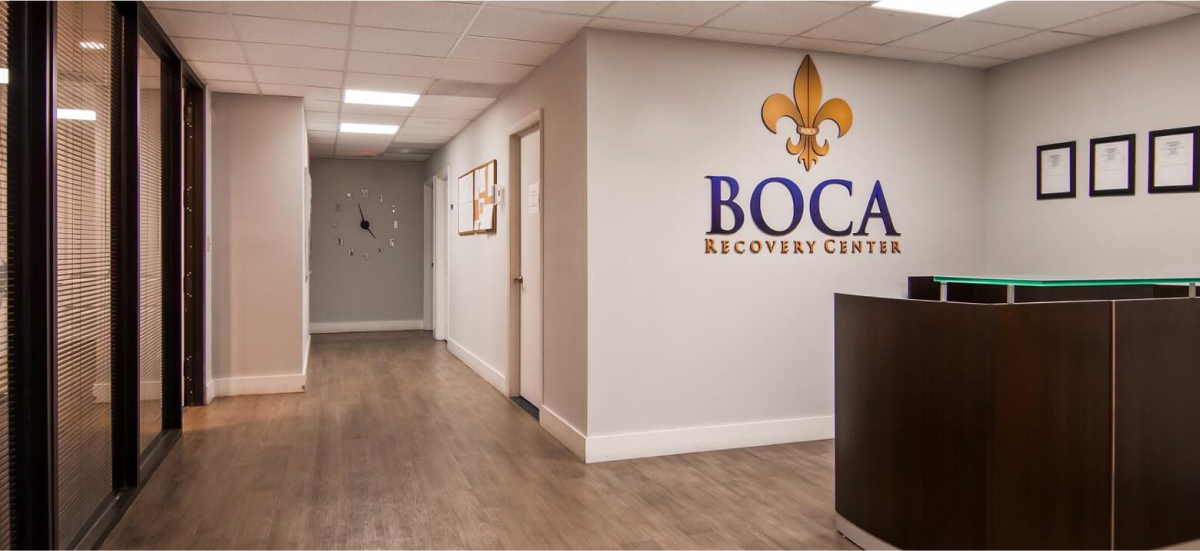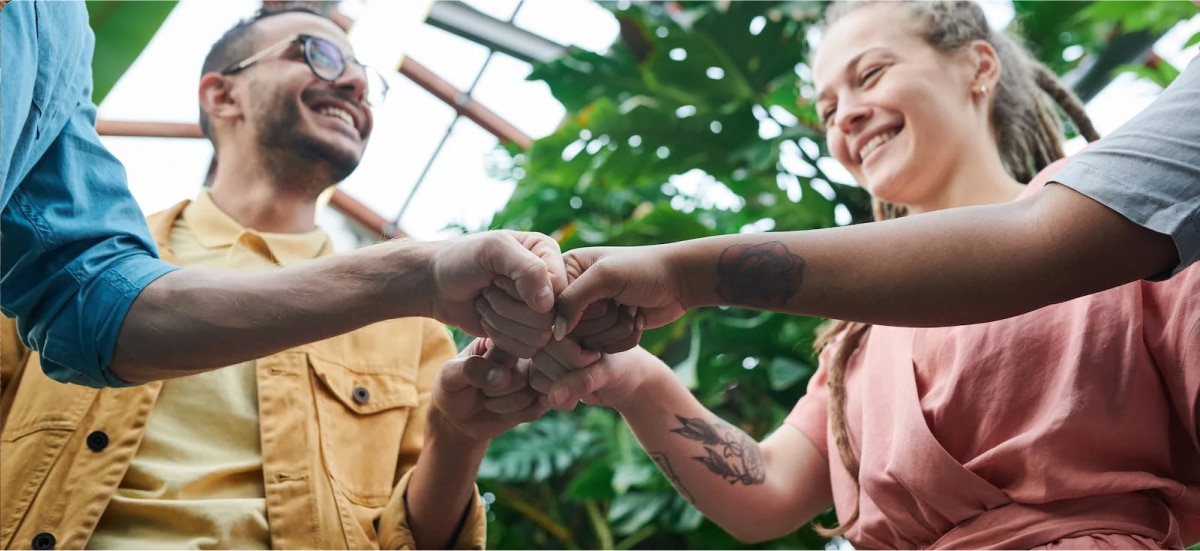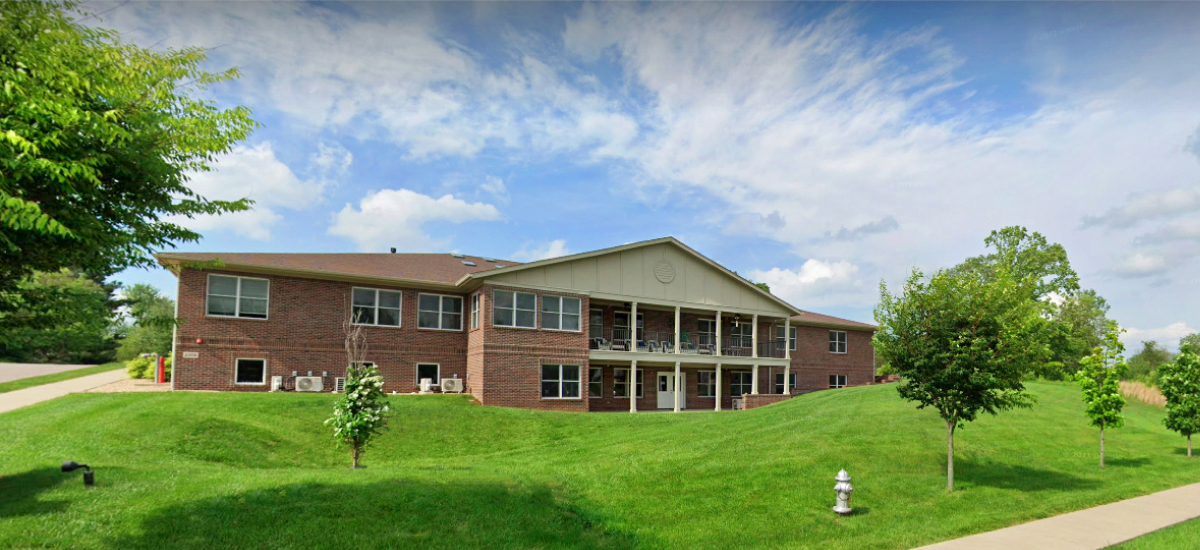Breaking Down Klonopin & Marijuana
Marijuana (also referred to as cannabis) is a drug that has been made legal in many states across the U.S., which has decreased the original stigma attached to the drug somewhat. As a result, marijuana is being seen more and more as an acceptable substance for various uses.
Are you or someone you know struggling with addiction?
I may have a problem I am concerned for a loved oneKlonopin is a long-acting drug classified as a benzodiazepine. Klonopin slows down the brain’s activity, serving as an anti-anxiety medication.
Klonopin is also used to minimize the effects of epilepsy and reduce seizures. The drug’s powerful calming effects are often used to treat panic attacks.
While marijuana might seem like it would go hand in hand with a drug like Klonopin, those who mix these two drugs can experience a variety of adverse events.
Specific Dangers of Mixing Klonopin & Weed
It’s important to understand that marijuana and Klonopin can both be dangerous when used on their own.
When combined, both drug effects can lead to even greater health hazards. Marijuana can cause drowsiness, delayed reactions, as well as result in misbehavior and poor decision making. These effects can be augmented when used with Klonopin.
10,964
Drug overdose deaths involving benzodiazepines occurred in 2022, according to the National Institute on Drug Abuse.
Klonopin has an even stronger effect on the mind and body than marijuana. Use of Klonopin can result in the same symptoms mentioned above but can also result in difficulty breathing. In fact, the National Institute on Drug Abuse said there were 10,964 drug overdose deaths involving benzodiazepines in 2022.
Physical Effects of Mixing These Substances
There are a variety of physical effects from mixing Klonopin and marijuana that affect the central nervous system, the respiratory system, and the brain.
Central Nervous System
Both marijuana and Klonopin end up depressing the central nervous system (CNS). Using both substances in tandem can worsen this effect and result in a health emergency or an overdose.
Breathing & Heart Rate
When Klonopin and marijuana are combined, both end up slowing the heart and suppressing the respiratory system. When the effects of these two drugs are combined, an individual’s breathing rate, as well as heart rate, can potentially become dangerously low, even leading to overdose or death.
Mental Effects of Mixing These Drugs
Mixing marijuana and Klonopin also has a variety of effects on the brain.
Lowered Inhibition
Both marijuana and Klonopin can change how a person thinks and behaves. Risky behaviors include driving while under the influence, having unprotected sex, and using additional drugs. An individual’s risk of addiction and overdose increases when mixing these drugs.
Reduced Awareness
Marijuana and Klonopin both have a way of affecting how people interact with others and their environment. By using both substances together, individuals will have less control over themselves and their surroundings. Blackouts can also occur when mixing these two drugs.
Poor Mental Health
Klonopin is a prescription medication doctors use to address very specific mental health concerns. If you’re abusing your drug by taking too much, or you’re snorting the drug instead of ingesting it, you may not be getting the true benefit of your medication.
Marijuana can also have a deep impact on your mental health. The Centers for Disease Control and Prevention says regular pot use has been linked to disorientation, unpleasant thoughts, paranoia, and anxiety. Regular users can also develop temporary psychosis and long-lasting mental health disorders like schizophrenia. Marijuana has also been linked to depression and suicidal thoughts.
Can You Overdose on Klonopin & Weed?
Klonopin and marijuana are both associated with serious health issues when they’re taken in high doses.
For example, in a study published in 2018, researchers examined overdoses in Oregon and Alaska after marijuana was legalized in these states. Researchers identified 253 acute marijuana exposures. Of those episodes, most involved neurological excitement and a fast heartbeat. Eight people were admitted to the ICU due to their marijuana use, and one person died.
Benzodiazepine drugs like Klonopin are also associated with overdoses. In a study of benzodiazepine overdose deaths between 2000 and 2019, researchers found that most deaths involved drugs like opioids or cocaine. But taking too much Klonopin could cause serious problems too.
Although there are no known cases of marijuana overdose when used on its own, Klonopin can certainly cause an overdose. Using both drugs in combination can lead to overdose.
Legal Consequences of Klonopin and Marijuana
Klonopin is a prescription medication that’s legal to use under the guidance of a doctor. However, everything changes when you don’t have a prescription for the drug or use it in a way that’s not recommended.
Both state and federal laws prohibit the abuse of prescription medications like Klonopin. Typically, the consequences vary by quantity. The more of the drug you have when you’re caught, the more significant the charges might be.
Marijuana is a little different. Per federal law, marijuana is a controlled substance that has no medical uses. However, 24 states, two territories, and the District of Columbia have legalized cannabis for recreational use. Some states even allow people to grow marijuana.
If you’re caught with Klonopin and marijuana, many questions will follow. The police may ask for your prescription for Klonopin, and they may look at state law to understand what marijuana charges might apply. They could also use federal laws regarding both drugs.
In other words, the consequences of Klonopin and marijuana can be significant and severe.
Who Is Most Likely to Mix These Substances?
Individuals who are more likely to mix cannabis and Klonopin are younger individuals of high school and college age as well as young people who frequent parties and the club scene. If someone already has a prescription for Klonopin for anxiety or any other medical reason, they are far more likely to mix marijuana with this drug.
Adults who have Klonopin prescriptions are also more susceptible to mixing marijuana with this drug than individuals who do not have a prescription.


Marijuana Overdose
How Does This Combination Usually Start?
Most commonly, mixing Klonopin and marijuana might not be done fully intentionally. An individual often has taken a dose of Klonopin and ends up ingesting cannabis at some point after. The goal may not necessarily be to abuse the substances together.
Conversely, individuals who are already under the influence of alcohol, cannabis, or other prescription drugs are more likely to mix in a drug such as Klonopin. They may simply take a drug that is given to them at a party or other social engagement.
The best way to avoid overdose and complications is to not mix drugs in general. If you have a Klonopin prescription, it’s important not to mix other substances with it when you are using the drug.
If you have a problem with substance misuse, the best course of action is comprehensive addiction treatment. In rehab, you’ll acquire tools to help you resist drug abuse and embrace a healthier tomorrow.
Mixing Klonopin and marijuana can intensify side effects like dizziness, drowsiness, and impaired coordination, increasing the risk of accidents or overdose. If you or a loved one is dealing with substance misuse, reach out today by calling or visiting one of our locations for expert support.
- Novel Designer Benzodiazepines: Comprehensive Review of Evolving Clinical and Adverse Effects. (August 2022). Neurology International.
- Death Rate Maps & Graphs. (June 2022). Centers for Disease Control and Prevention.
- Cannabis for Medical Use: Analysis of Recent Clinical Trials in View of Current Legislation. (May 2022). Frontiers in Pharmacology.
- Drug Interactions With Cannabinoids. (March 2020). Canadian Medical Association Journal.
- Medical Cannabis Adverse Effects & Drug Interactions. Government of the District of Columbia Department of Health.
- Acute Cannabis Toxicity. (April 2018). Clinical Toxicology.
- Benzodiazepine-Involved Overdose Deaths in the USA: 2000 to 2019. (April 2022). Journal of General Internal Medicine.
- Drug Overdose Death Rates. (June 2023). National Institute on Drug Abuse.
- Fighting Prescription Drug Abuse with Federal and State Law. (May 2013). AMA Journal of Ethics.
- Cannabis Overview. (April 2024). National Conference of State Legislatures.
- Mental Health. (October 2020). Centers for Disease Control and Prevention.











